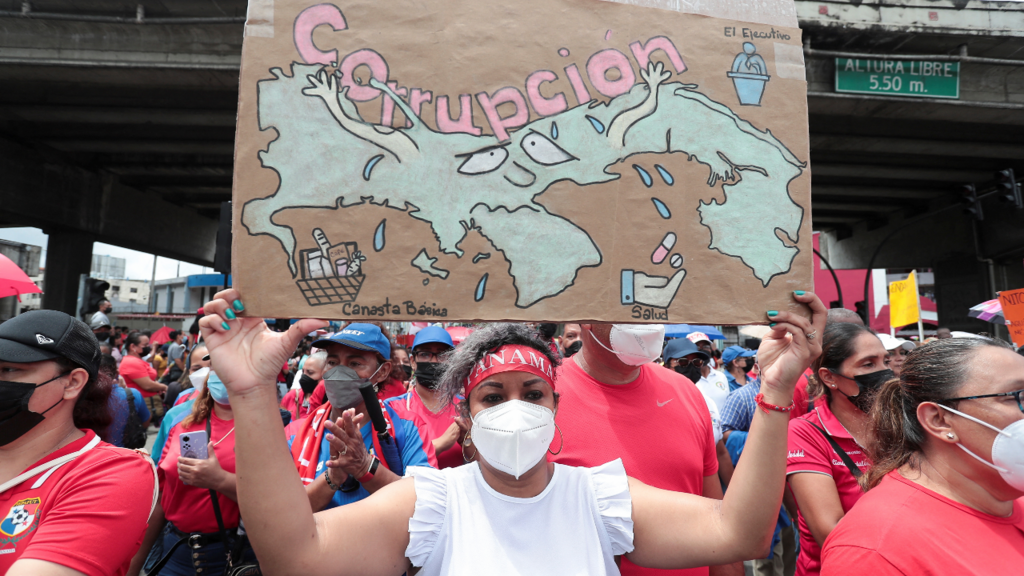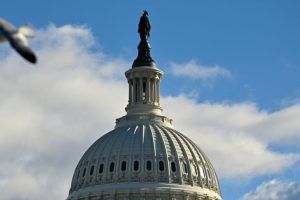First modification:
While the protests continue in Panama, in a movement that began more than two weeks ago, the Government and the unions and unions agreed to sit down at a dialogue table on Tuesday. They will seek concrete solutions to get out of the crisis that is shaking the country, where the high price of fuel and food led thousands of Panamanians to demonstrate and block roads.
This Tuesday, the Archdiocese of Panama, which has acted since last week as a mediator of the crisis, reported in a statement that the “single dialogue table” would begin with a meeting of the parties in the province of Coclé, west of the capital.
The Panamanian president, Laurentino Cortizo, “reiterated that he maintains the disposition of the Executive Organ to participate in a single table, and that the Government will move to where the social movements determine to dialogue,” the statement describes.
According to the Government, the dialogue table will bring together members of the executive and the groups that promoted the protests, the United People for Life Alliance, the National Alliance for the Rights of the Organized People (Anadepo), and the organized groups of the Ngäbe Comarca -Bugle.
This announcement comes after social organizations broke an agreement signed between the Government and Anadepo on Monday, which aimed to unblock the country’s main roads in exchange for a reduction in fuel prices, and announced that they will continue to demonstrate. The social organizations requested a common dialogue table.
The biggest social crisis in the last three decades
For more than two weeks, Panama has been shaken by a massive wave of protests in various regions of the country. Protesters took to the streets, blocking several highways and calling for strikes, causing the closure of public schools and the suspension of transport.
The blockade of routes continued at the beginning of this week with traffic cuts in Panama City, closing the different accesses to the capital and causing traffic jams. The protests have already generated millionaire losses and shortages of fuel and food in several areas of the country, according to several business associations.
These protests are the largest since the fall of dictator Manuel Antonio Noriega in 1989.
At the origin of the protests, the rise in fuel prices, which increased by 47% in the last 6 months, reaching over 5 dollars per gallon, before being reduced by the Government. The population suffers from inflation, which reached an interannual rate of 4.2% in May, and from unemployment, which reached 10%. Specifically, Panamanians have seen the prices of basic necessities, food and medicine increase and become more and more unaffordable.
Various trade unions and unions such as Alianza Pueblo Unidos por la Vida and Anadepo called for demonstrations and ask for a reduction in the prices of fuel and other products, but also a reduction in government spending as well as more transparency in its political management.
In response, President Cortizo already announced several measures last week, such as the freezing of the price of gasoline, as well as the price of 10 basic products in the family basket. He also promised to reduce the expenses of civil servants and cut the number of public workers by 10%. Measures that did not convince the protesters who decided to continue in the streets.
Pandemic, war in Ukraine and corruption, among the causes of the crisis
The pandemic and the war in Ukraine have influenced inflation in many countries around the world, with rising fuel prices and Latin America being particularly affected. According to the United Nations, the conflict in Ukraine “has exacerbated the problems of inflation, increased volatility and financial costs”, which affects economic growth and the recovery of employment in the region.
But the recent crises – health and the war in Ukraine – only aggravated the country’s structural problems. 20% of the population lives in poverty and half works in informal jobs. Panama is the third most expensive country in the American continent, according to a recently published international survey. It is also one of the most unequal in the world with frequent corruption scandals.
“The social discontent was generated since the president himself did not fulfill the campaign promises (…) there is a disregard of the social commitments that the president proposed in the campaign (…) the actions that were expected from the Government never took place,” he explained. Alfonso Fraguela, former vice president of the National Bar Association of Panama, to France 24.
Corruption is one of the biggest criticisms directed at the Government. According to the Panamanian singer, activist and former Minister of Tourism Rubén Blades, systemic corruption is the root cause of the war.
“The reality is that we live under an administrative paradigm that has institutionalized corruption, created laws that immunize and protect corrupt public officials, with a damaged Legislative and Judicial system, acting in consortium to protect and sustain the continuity of the evil that controls the country”, the activist maintains on his website.
The president, who has a little more than a year left to finish his term, will have to commit to strong measures on the price of fuel, medicine and essential products to calm this crisis.
With AFP and EFE
















Add Comment